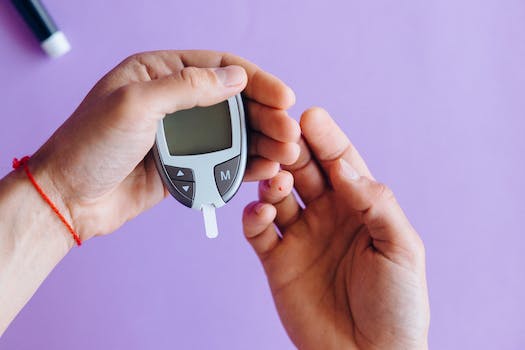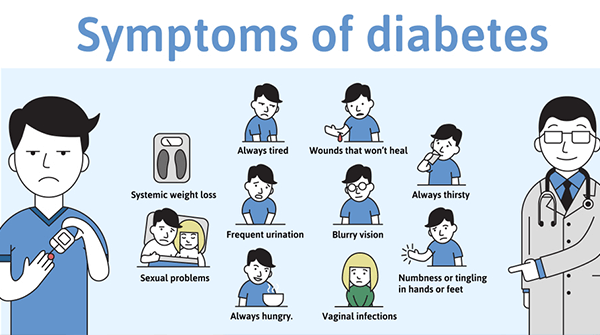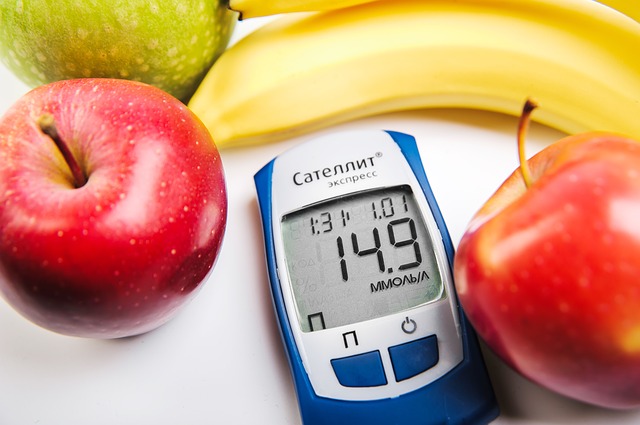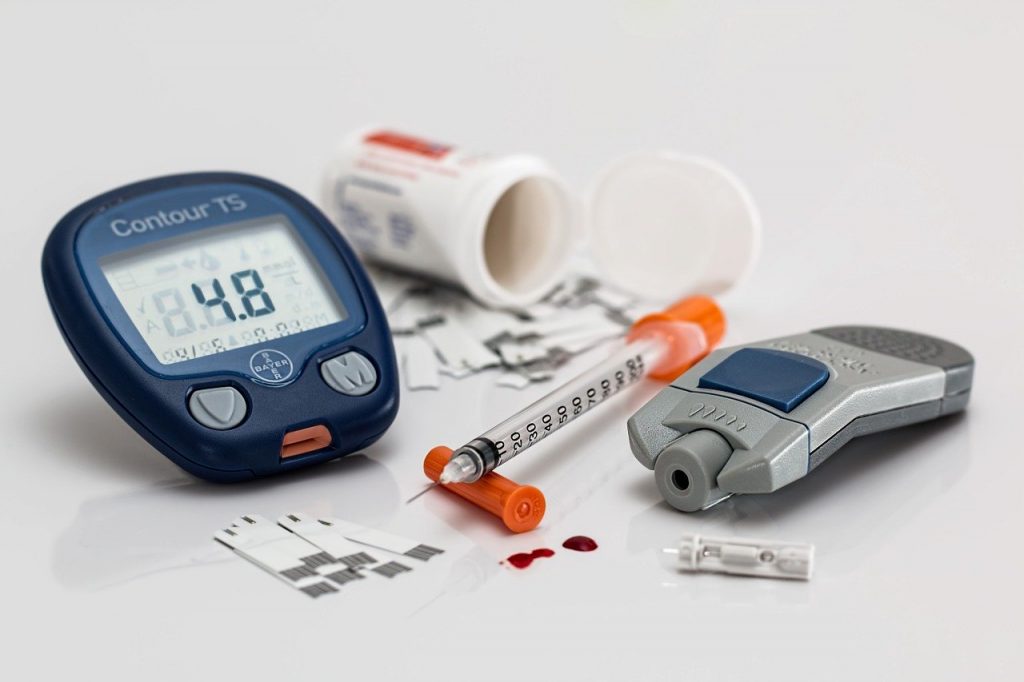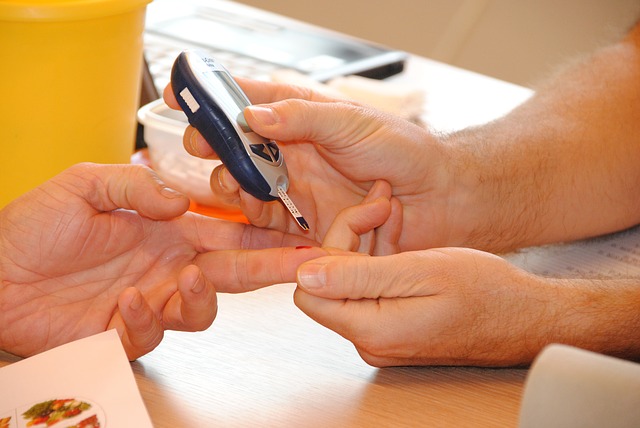Diabetes affects your entire body and many people with the disease experience swollen feet. The disease affects circulation throughout the body and is often most evident in the extremities. Poor circulation to the feet, along with ankles and lower legs, results in a buildup of fluid in tissues. It’s a condition known as edema. The good news is that the condition can be reversed if caught in the early stages.
Medication
Pioglitazone and rosiglitazone are the two prescription medications typically used to address swelling of the extremities. The dosage will depend on the individual and the extent to which swelling has progressed.
Limit Salt
High levels of salt in the body promotes water retention. Purchase no-salt or low-salt foods whenever possible. Snacks and foods such as chips, crackers, chili, and frozen foods such as frozen entrees, pizza and burritos all have high salt content. Stay away from canned meat, along with those that are smoked or cured.
Compression Socks
Available over the counter, compression socks aid in controlling swelling. They should be put on before getting out of bed when the legs and feet are elevated, as blood has already circulated to the feet, ankles and legs. They’re available in attractive styles and patterns, but the primary objective is finding the right fit. Socks that are too tight will impair circulation, while socks that are too loose will move around and bunch.
Elevate the Leg
Elevating the leg above the level of the heart when seated promotes circulation. A pillow, stool or other device can be used. A recliner footrest is equally appropriate if it rises to the desired height.
Hydration and Exercise
It may seem counter-productive, but hydration is essential to help alleviate swelling. When the body doesn’t receive enough hydration, it tends to retain fluids. Exercise promotes blood circulation. Choose an activity you enjoy doing. Exercise doesn’t have to be unpleasant or onerous.
We Buy Unused Diabetic Test Strips and Supplies
If you would like to find out about earning cash for your unwanted, unused, and boxed test strips, complete our online quote form today.
If you have extra, unopened and unused boxes of diabetic test strips – whether you have switched brands, no longer need to test or test less frequently, or have a loved one who has passed away – don’t let them gather dust until they’ve expired and end up in the trash. We’re the best place to sell diabetic test strips online, and if you want to sell your test strips, we’re here to make the process easy and enjoyable!
Visit us at Sell Your Test Strips and get your free quote today!




